Nowadays we hear about alpha-hydroxy acids (AHA) and beta-hydroxy acids (BHA) everywhere. We mention the benefits they have on the skin and the problem they can produce in people with sensitive skin. However, they are not the unique type of hydroxy acids. There is one less aggressive type of hydroxy acid which is also less popular. I am talking about polyhydroxy acids (PHA). Among them, I am going to pay special attention in this post to the Gluconolactone.
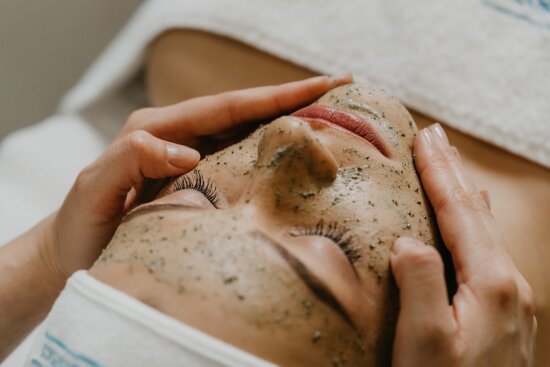
What are the PHAs?
PHAs are one type of hydroxy acid which contains a different number of hydroxyl groups. This is the main difference between the AHA and BHA, which contain only one hydroxyl group.
There are different generations of HAs:
1st Generation. AHA such as glycolic, mandelic, lactic, citric, or malic and BHA like salicylic acid.

2nd Generation. PHA. The most important is gluconolactone.
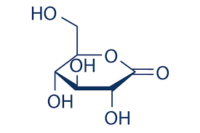
3rd Generation. It is represented by lactobionic acid.

What is gluconolactone?
As already mentioned, gluconolactone is the most representative and most used PHA. Chemically it is a lactone, the delta-lactone of gluconic acid, therefore the gluconolactone name.
Gluconolactone is naturally in the skin. Industrial synthesis consists of the oxidation of the glucose contained in the corn.
Gluconolactone is a big size molecule and, therefore, penetrates gradually the skin. This gradual penetration makes gluconolactone ideal for people with sensitive skin. Despite the gradual penetration, this molecule reaches the deeper layers of the skin.
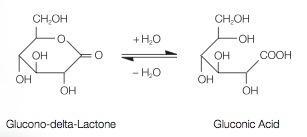
Benefits of using gluconolactone
Gluconolactone is a very popular molecule nowadays because of the benefits it has on the skin. The main benefits are:
- Gradual skin penetration reduces the risks of skin irritation.
- Helps with skin hydration.
This molecule has a high number of hydroxyl groups. This type of group attracts and retains water molecules, as they form what in chemistry is called hydrogen bridge bonds. These bonds increase skin hydration.
- Gluconolactone has antioxidant properties.
The gluconolactone eliminates the free radicals as effective as vitamin C and E do. It also has some level of protection against UV radiation, but do not rely on that to protect your skin from the sun.
- It shows anti-ageing effects in a similar way to AHA but with less risk of skin irritation.
- Gluconolactone helps with moderate acne.
Gluconolactone at 14% concentration produces a similar effect in treating acne than 5% benzoyl peroxide.
- It can be used in combination with other ingredients, including tretinoin, retinyl acetate and hydroquinone.
- It helps to reinforce the skin barrier.
- Produces a mild exfoliation
Therefore, you can apply it to sensitive areas like lips or areas around the eyes.
- It may have anti-microbial properties.
When should you use gluconolactone?
The main use of gluconolactone is as a humectant agent. The high number of hydroxyl groups attract and retain water molecules and, therefore, increases skin hydration.
Gluconolactone is chemically related to the AHA and has a similar chemical structure. Because of that, it has exfoliating properties. However, it is a big molecule which penetrates the skin gradually and exfoliates in a gradual and gentle way.
It is specially indicated to treat photo-ageing. That is the ageing process triggered by UV radiation. This is a consequence of the antioxidant properties this molecule has. Gluconolactone is frequently an ingredient in products used to treat hyperpigmentation and after-sun products.
Because of its compatibility with other ingredients, it is also part of some products to treat acne.

How should you use it?
Normally, the concentration of gluconolactone in cosmetic products is between 1 and 10%. However, peeling solutions may contain gluconolactone in a 30% concentration.
People with any skin type can use gluconolactone. Especially people with sensitive skin who cannot use AHA or BHA can get lots of benefits from using this molecule.
The way of using it depends on the effect you want to achieve. If you want to use it as a moisturiser, you can apply it twice a day. However, if you want to use it as peeling, you should reduce the use to a couple of times a week maximum.
You need to be careful when using gluconolactone in combination with other hydroxy acids. Though gluconolactone is compatible with most cosmetic ingredients, you should avoid the use of more than one acid at a time. If you want to use other hydroxy acids in combination with gluconolactone, you can use for example gluconolactone in the morning routine and the other acid in the evening skincare routine.
Gluconolactone works really well in combination with other antioxidant molecules, like vitamin C and retinoids.
One extra tip to get the maximum benefit out of the gluconolactone is to apply a layer of moisturiser after the application of the gluconolactone. The gluconolactone will attract the water contained in the moisturiser and will give extra hydration to your skin.
My favourite gluconolactone products
I introduced recently gluconolactone to my skincare routine and, therefore, I don’t have many favourites. However, I considered it worthy to mention a couple of them that I have been using for some time.
This is a good product to reduce skin texture. Therefore, I use it when I feel my skin is going to break out.
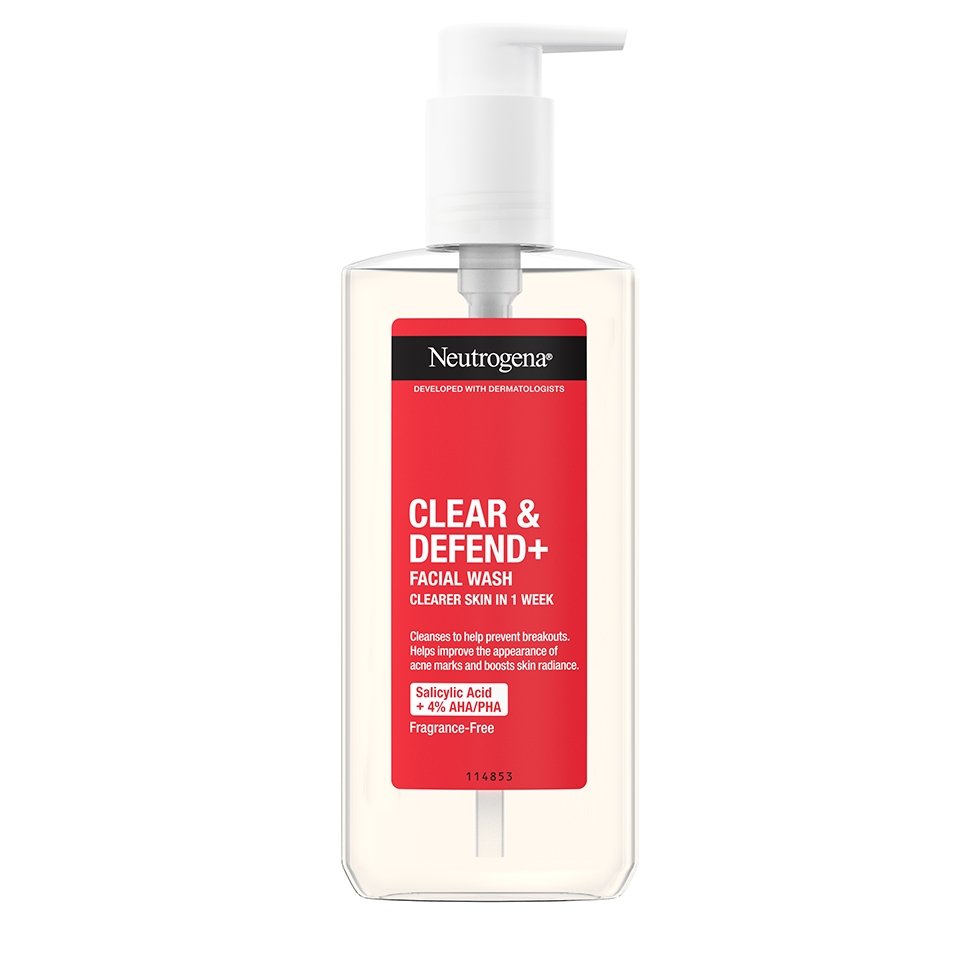
This product is a gentle exfoliating toner which helps to eliminate dead cells from my skin. I prefer the glycolic acid toner which can be very harsh on my skin.

Did you know about gluconolactone? Do you use it? Let me know in the comments.
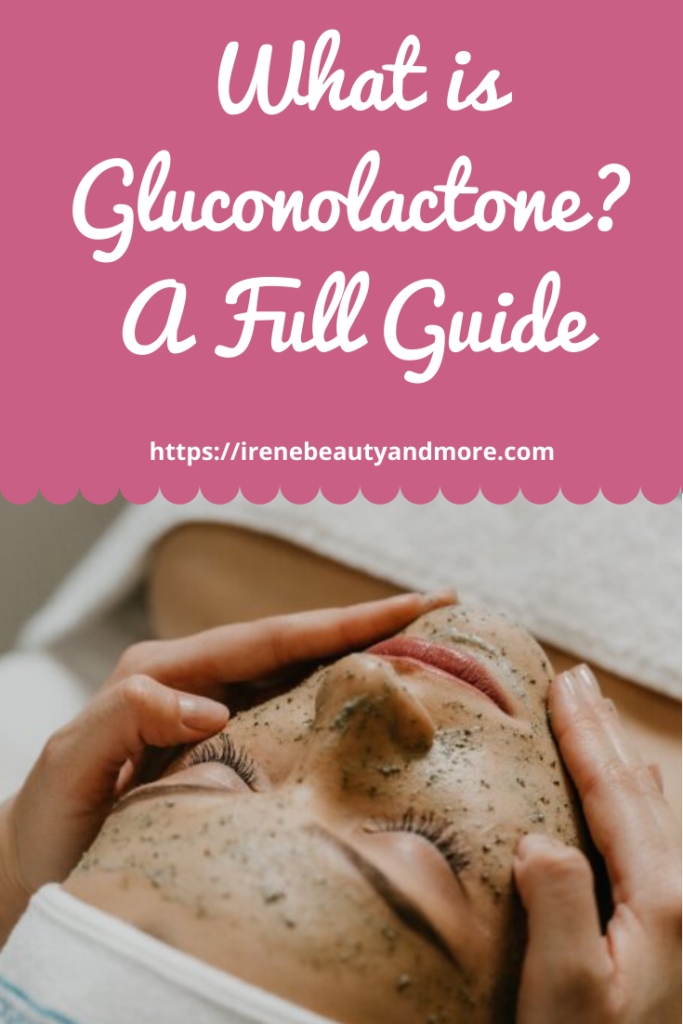
Bear in mind that some of the links in this post are affiliate links and if you go through them to make a purchase I will earn a commission. Keep in mind that I link these companies and their products because of their quality and not because of the commission I receive from your purchases. The decision is yours, and whether or not you decide to buy something is completely up to you.



